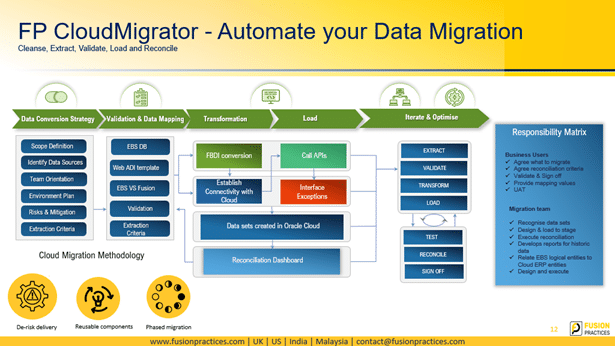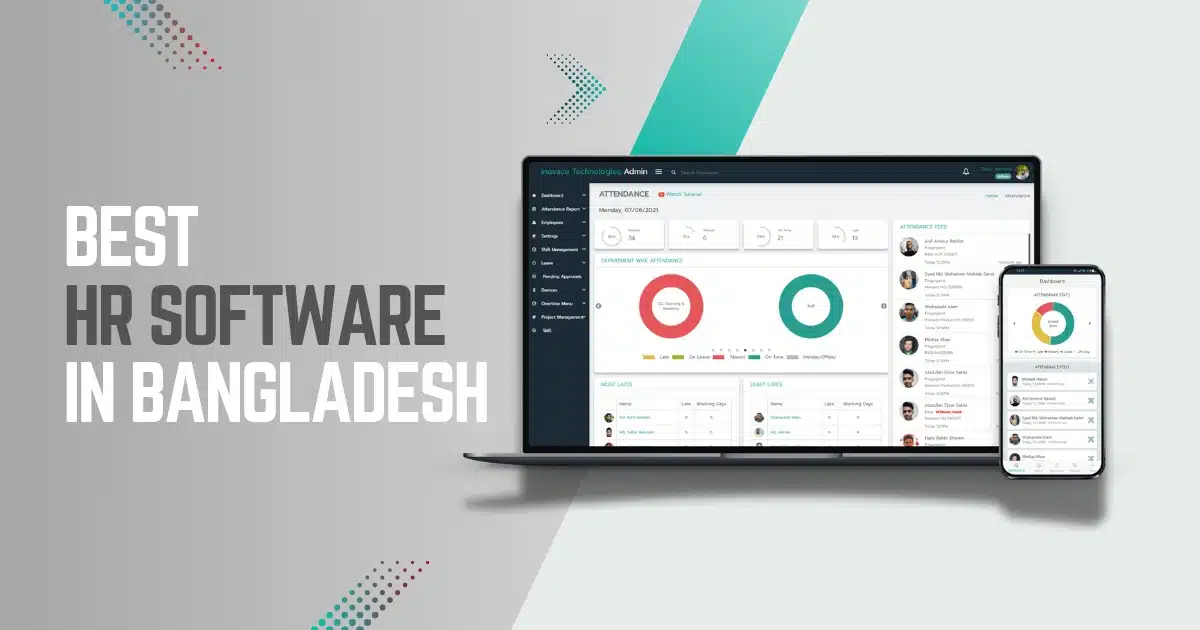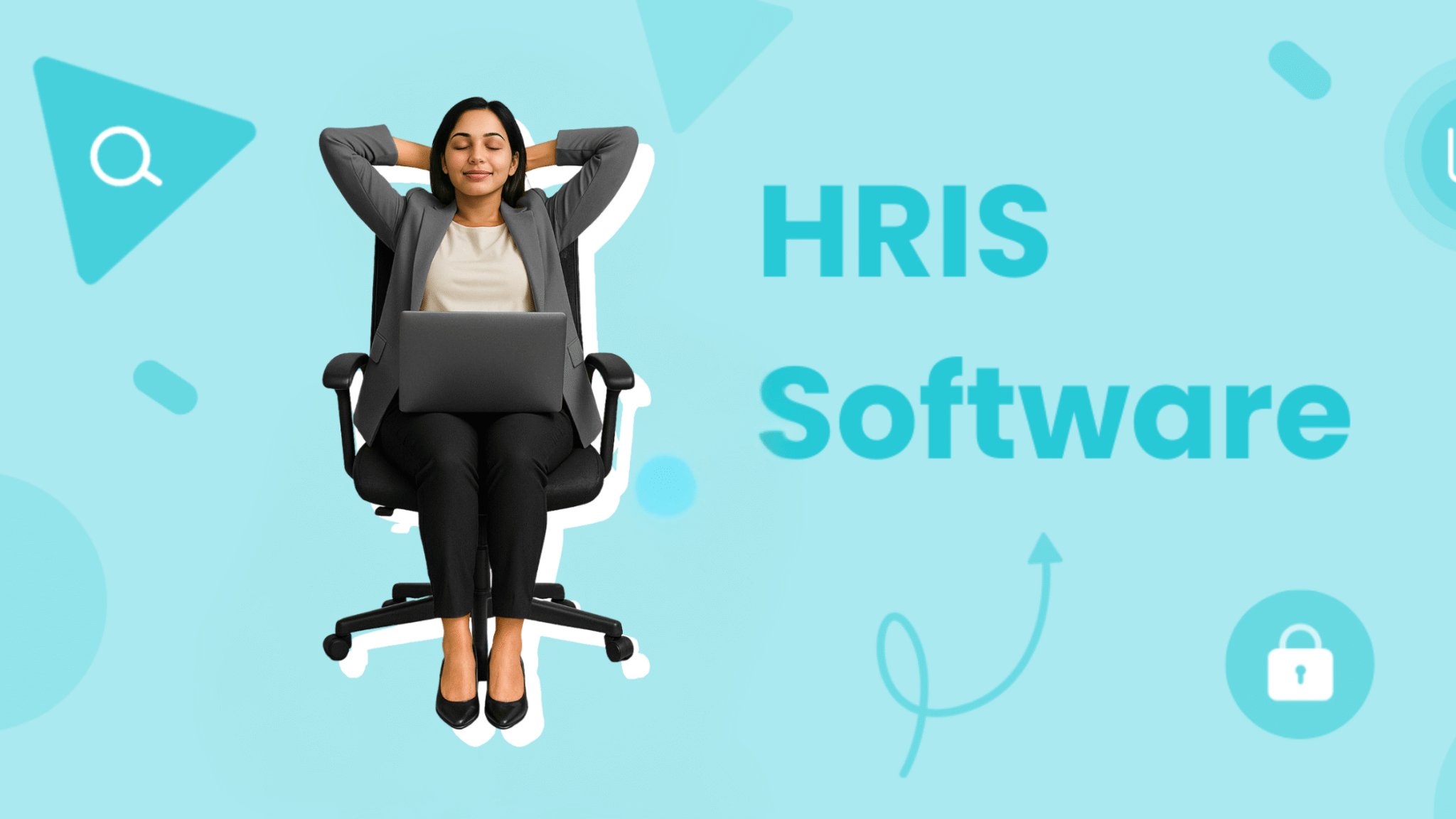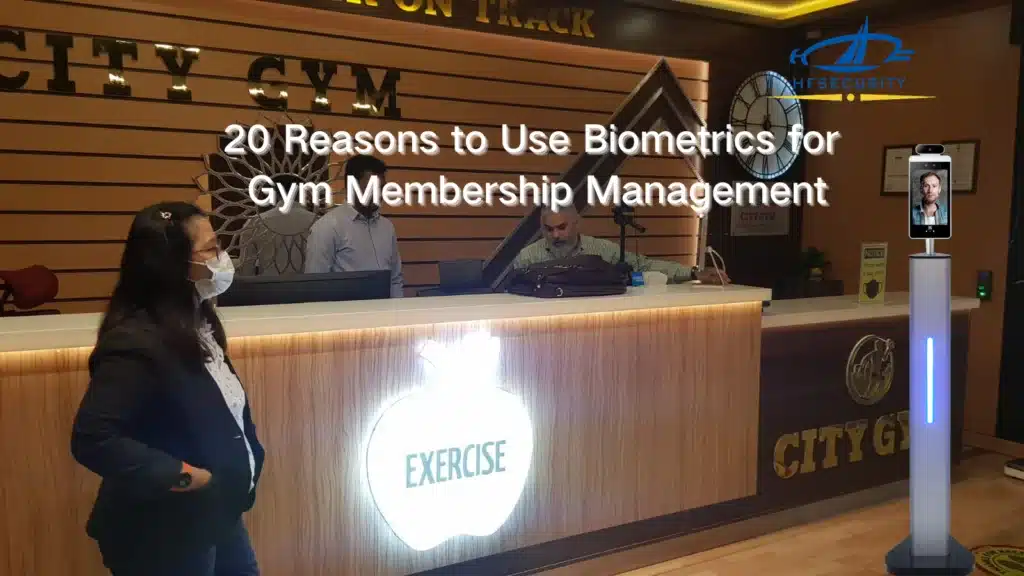HR cloud migration is a big step. It can improve your company’s efficiency. But, sometimes, discrepancies happen. These are differences between old and new data. They can cause problems. This guide will help you fix these issues.
What is HR Cloud Migration?
HR cloud migration means moving HR data to the cloud. The cloud is a digital storage place. It is safer and easier to use than old systems. But, moving data can be tricky. Errors can occur. We need to find and fix these errors.

Credit: tangenz.com
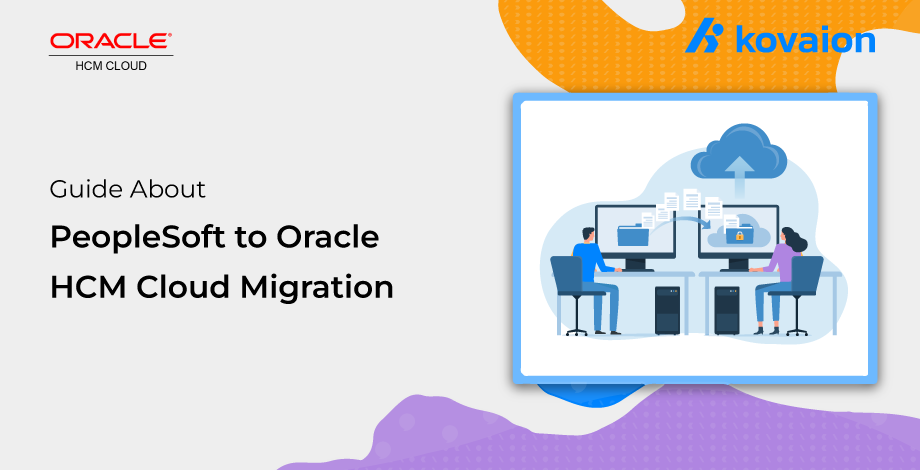
Credit: www.kovaion.com
Why Do Discrepancies Happen?
Discrepancies happen for many reasons. Data might be missing. Errors can happen when moving data. Old data might not match new formats. These problems need fixing to make sure your data is correct.
Steps to Reconcile Discrepancies
Here are steps to fix discrepancies. Follow these steps for a smooth migration.
1. Identify Discrepancies
First, find the discrepancies. This can be done by comparing old and new data. Look for differences in numbers, names, and dates.
- Check employee names
- Verify employee IDs
- Compare dates of employment
- Review salary information
2. Determine The Cause
Next, find out why the discrepancies happened. Was it a data entry error? Is the data format different? Knowing the cause helps fix the problem.
- Check for typing errors
- Look for missing data
- Compare data formats
3. Correct The Data
Now, correct the discrepancies. Fix errors by entering the correct data. Update formats to match the new system. Make sure all data is accurate.
- Enter correct employee names
- Update IDs to match the new format
- Correct employment dates
- Verify salary information
4. Validate The Corrections
After fixing the data, check it again. Make sure all discrepancies are gone. This step is important to ensure data accuracy.
- Re-check employee names
- Verify employee IDs
- Double-check dates of employment
- Review salary information again
5. Document The Process
Keep a record of the discrepancies and how you fixed them. This helps if you need to migrate data again. It also helps in tracking changes.
- Write down the discrepancies
- Note the causes
- Record the corrections
- Keep a log of the validation steps
Tips for a Smooth HR Cloud Migration
Here are some tips to make your migration easier:
1. Plan Ahead
Before you start, make a plan. Know what data you need to move. Understand the new system. This helps avoid problems.
2. Train Your Team
Make sure your team knows how to use the new system. Training helps reduce errors. It also makes the migration faster.
3. Test The Migration
Test the migration with a small amount of data. This helps find problems before moving all the data. Fix any issues during this test.
4. Communicate
Keep everyone informed. Let your team know about the migration. Tell them about any changes. Good communication helps avoid confusion.
5. Backup Your Data
Make a backup of your data before migrating. This ensures you do not lose any information. You can restore the data if something goes wrong.
Common Discrepancies in HR Cloud Migration
Here are some common discrepancies you might face:
| Discrepancy | Cause | Solution |
|---|---|---|
| Missing Data | Data not entered | Enter missing data |
| Incorrect Data | Typing errors | Correct the data |
| Data Format Issues | Old and new formats differ | Update to the new format |
| Duplicate Entries | Data entered twice | Remove duplicates |
Frequently Asked Questions
What Are Hr Cloud Migration Discrepancies?
Discrepancies are data errors or mismatches during the migration to a cloud-based HR system.
Why Do Discrepancies Occur During Hr Cloud Migration?
Discrepancies can occur due to data corruption, format changes, or incomplete data transfers.
How Can You Identify Discrepancies In Hr Cloud Migration?
Run thorough data audits before and after migration. Use automated tools to check for inconsistencies.
What Tools Help Reconcile Hr Migration Discrepancies?
Use data validation tools, automated reconciliation software, and manual checks to identify and fix issues.
Conclusion
HR cloud migration can be a challenging task. Discrepancies can cause problems. But, with the right steps, you can fix them. Identify the discrepancies. Find the cause. Correct the data. Validate your corrections. Document the process. Follow these tips for a smooth migration.

